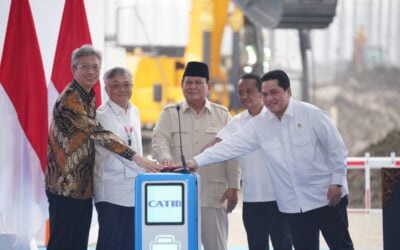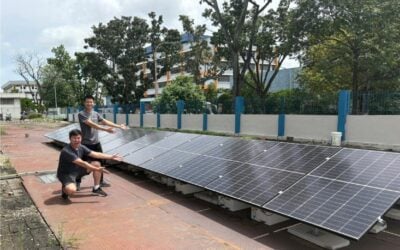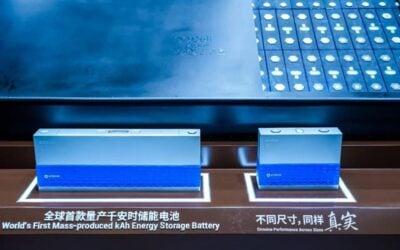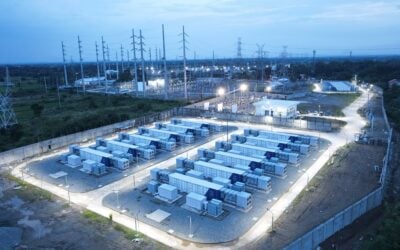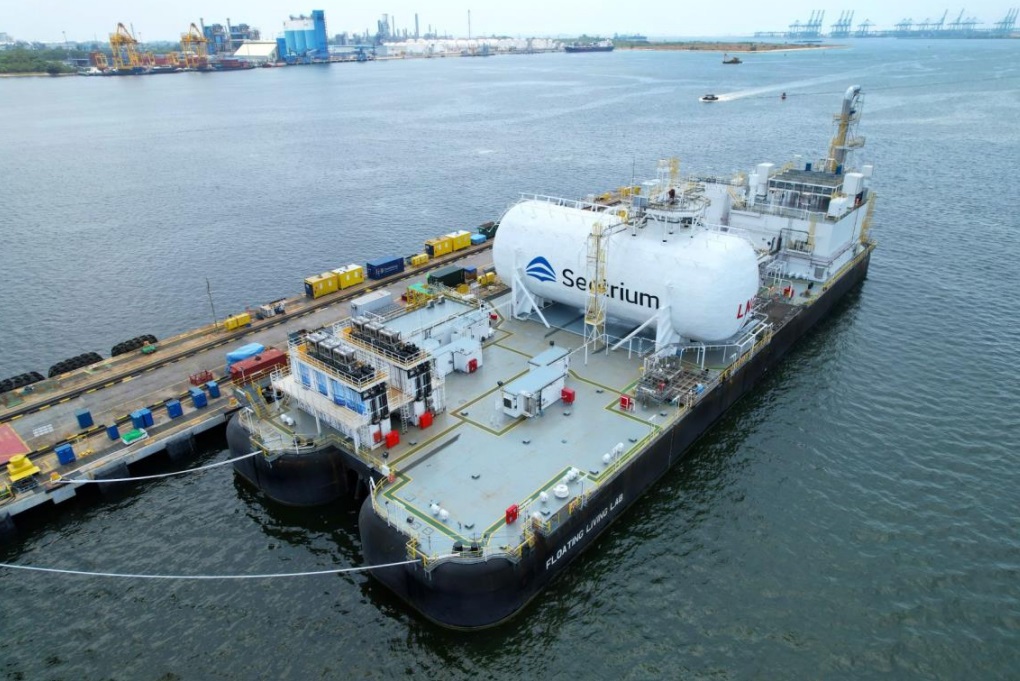
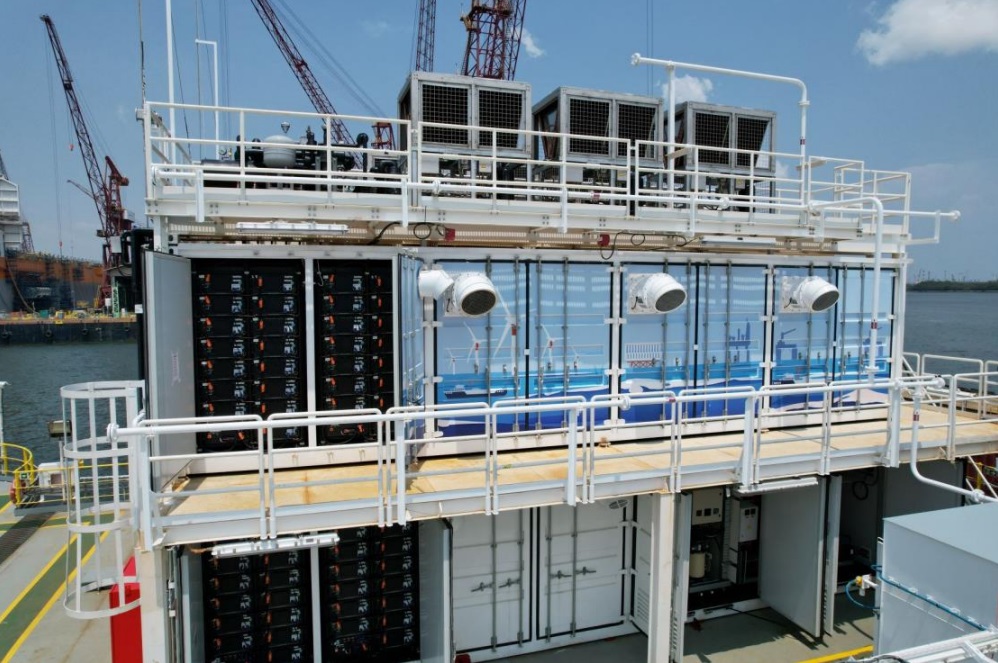
Putting battery storage systems onto vessels floating off the coast of Singapore could be a good way to mitigate the lack of suitable sites on land, according to the city-state’s Energy Market Authority (EMA).
A 7.5MW/7.5MWh battery energy storage system (BESS) has been deployed on Floating Living Lab, a barge which is being used to trial various marine energy applications, in a project supported by funding from the EMA.
Enjoy 12 months of exclusive analysis
- Regular insight and analysis of the industry’s biggest developments
- In-depth interviews with the industry’s leading figures
- Annual digital subscription to the PV Tech Power journal
- Discounts on Solar Media’s portfolio of events, in-person and virtual
The lab’s owner-operator, shipbuilder Seatrium Limited, is in a SP$10 million (US$7.28 million) partnership with the authority for the development of innovative energy solutions for the maritime sector. Seatrium was formed by a merger between two big players in Singapore’s offshore and marine sector, Sembcorp Marine and Keppel Offshore & Marine.
The Floating Living Lab’s BESS project was awarded to a consortium led by Univers, formerly known as Envision Digital and specialised in decarbonisation solutions, including energy management, battery storage, carbon management, IoT and electric mobility applications.
The research grant was issued to Envision Digital in 2020, and at the time the EMA said that with the hot and humid climate of Singapore potentially presenting challenges to the system’s operation, seawater will be used to cool the batteries in an innovative liquid-cooling solution.
The system is expected to go into commercial operation by the first quarter of 2024. It will charge with energy generated at off-peak times for use when demand rises, and will also provide fast response to fluctuations in the variable generation of renewable energy resources.
Univers has equipped it with an energy management system (EMS) onboarded with AI and machine learning algorithms that enhance its operational efficiency and enable smart dispatching of power.
EMA and Seatrium noted that putting the BESS on a barge means it takes up a footprint 40% smaller than if it were on land, particularly as the batteries on the Floating Living Lab will be stacked.
Land constraints are an obvious challenge for the development of renewable energy and energy storage facilities in Singapore. While the country is host to the Southeast Asia region’s largest BESS to date, a 200MW system on Jurong Island, an industrialised region which already hosts much of Singapore’s heavy energy infrastructure, opportunities for land-based development are otherwise largely limited.
“Given Singapore’s limited land area, we need innovative solutions for our energy infrastructure such as Seatrium’s floating solution for energy storage,” EMA chief executive Ngiam Shih Chun said.
As the audience heard in July at this year’s Energy Storage Summit Asia, hosted in Singapore by our publisher Solar Media (the next edition will take place 9-10 July 2024, also in Singapore), some of the other solutions proposed for enabling Singapore to increase penetration of renewable energy include importing energy cross-border from other countries like Indonesia which have more land available.
While EMA and Seatrium claim the new project is Southeast Asia’s largest “floating and stacked” energy storage system, another project putting large-scale battery storage onto a barge came online in the Philippines last year. Power company Aboitiz Power commissioned a 49MW BESS on a floating diesel barge in Mindanao, Philippines, in December 2022, supplied by Wärtsilä.

